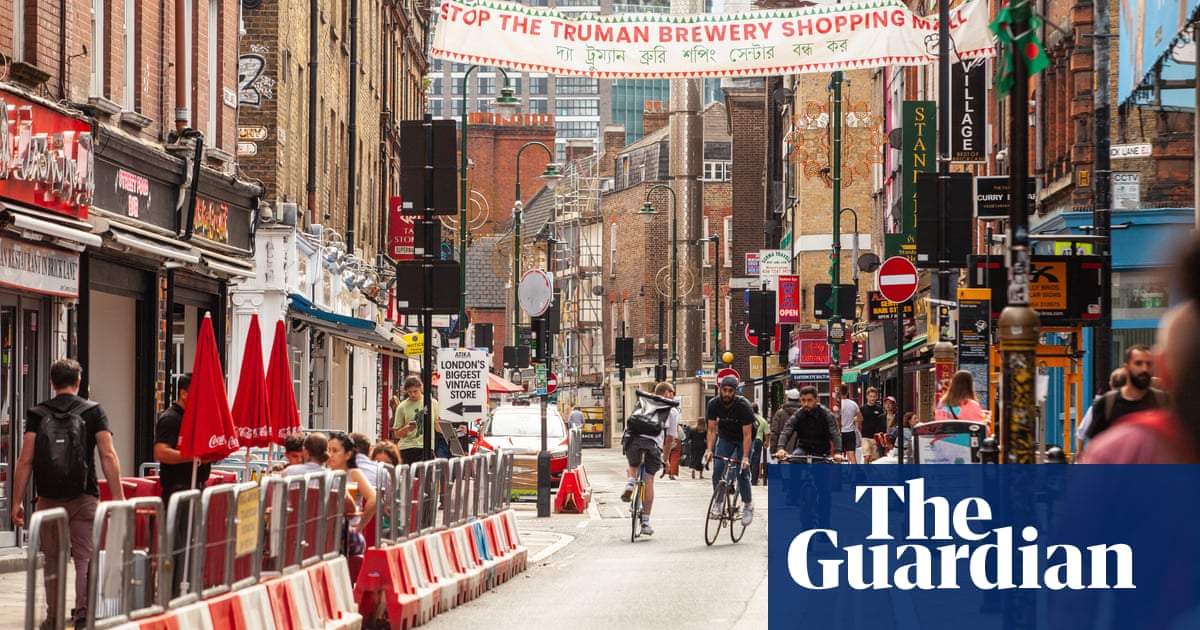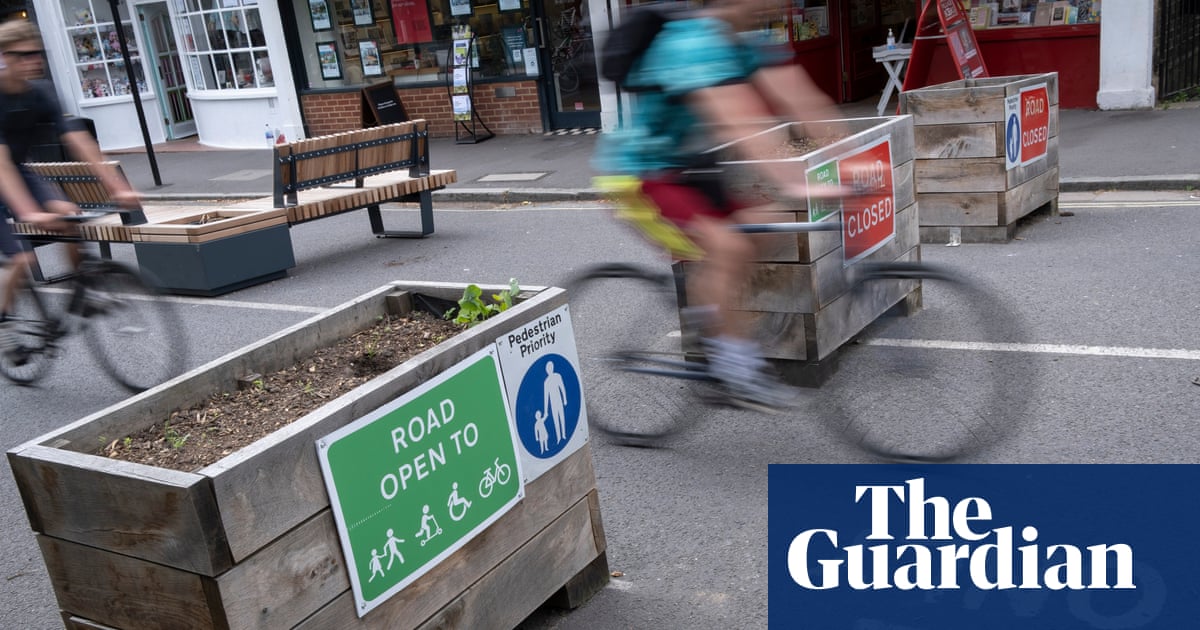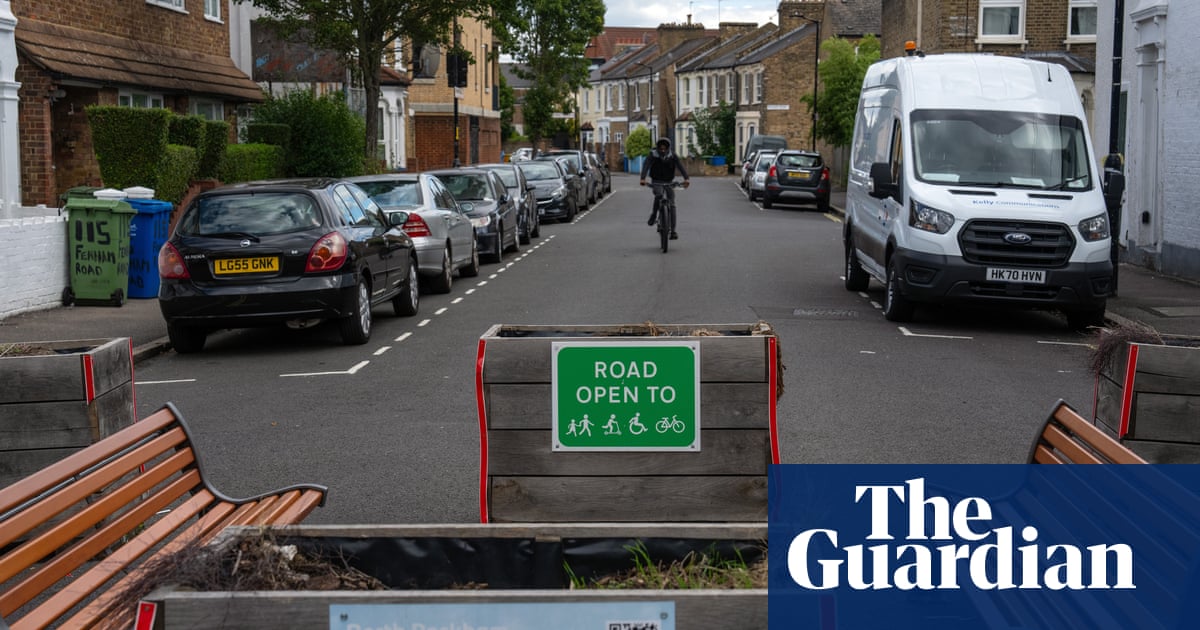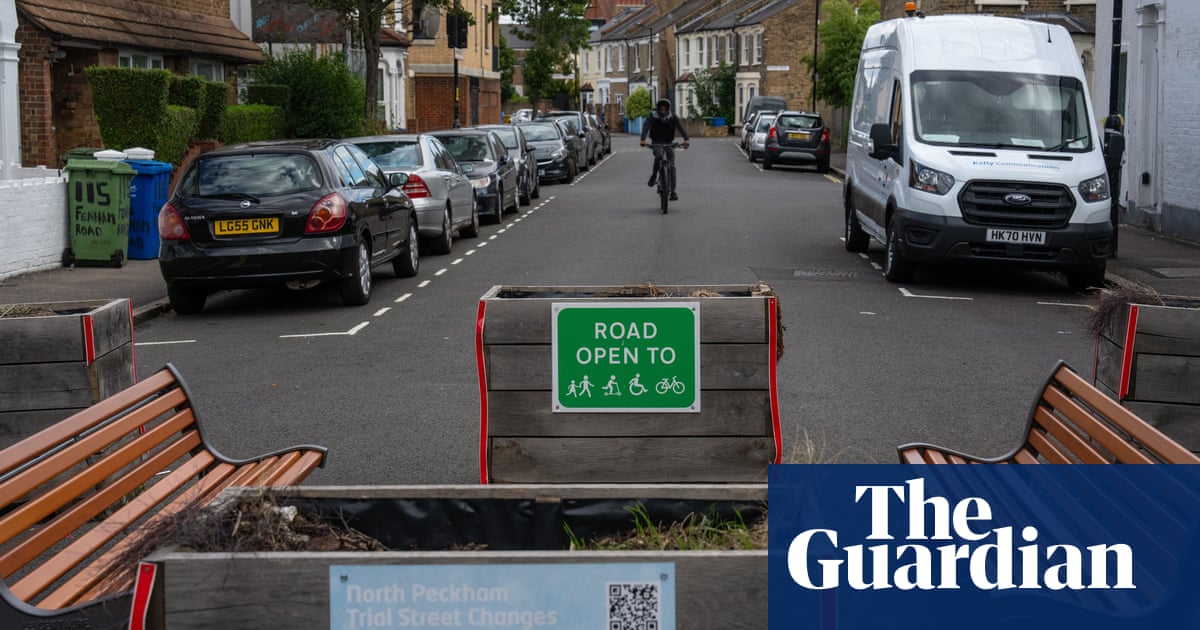
Road injuries halved in low-traffic neighbourhoods installed during the coronavirus pandemic when compared against areas without the schemes, a new study has found.
The improvement in safety is more than twice that created by 20mph urban speed limits.
The research, which examined police data on casualties for 72 low-traffic neighbourhoods (LTNs) put in place in London between March and September last year, also showed no apparent increase in danger on roads at their outer boundaries.
The greatest reduction in injuries was among pedestrians and people in cars, with a modest effect at most for cyclists, according to the study, which was led by Dr Anna Goodman, a public health expert at the London School of Hygiene and Tropical Medicine, with academics from Westminster University and Imperial College London.
The extent of the apparent gains in safety marks a potentially significant moment in the debate over the use of LTNs, which are being introduced by many councils but have faced noisy opposition from some residents and parts of the media.
A widely used idea in other countries, and existing on a lesser scale in some UK towns and cities for decades, LTNs are intended to encourage walking and cycling by disincentivising motor-vehicle use for shorter, local trips.
This is done by making some streets fully permeable to people travelling on foot or bike, but access-only to motor vehicles – whether by using planters, bollards or, in some cases, CCTV cameras.
While much of the debate has centred on whether the schemes discourage vehicle use or simply displace it to other streets – there is evidence that the former happens over time if schemes are sufficiently comprehensive – the safety gains in London appear striking.
The report’s authors compared casualty data from October to December 2018 with the same period in 2019, and then the same months during 2020 after the schemes were installed. Once the LTNs were in place, injuries fell to a ratio of 0.51 to 1 in comparison with the rest of London during the same period.
In contrast, there was no observable reduction, as against the rest of the city, in injuries from 2018 to 2019 within the future LTN areas. The authors said this strengthened the case for the LTNs being the cause of the safety improvement.
The data also showed no observable change in injury numbers on boundary roads, defined as injuries taking place less than 25 metres from a road surrounding a scheme.
The number of road users killed or seriously injured inside LTNs also halved, although the authors emphasised that the dataset for this was notably smaller.
Goodman said that with an earlier study of a single, longer-standing LTN having found a substantial safety benefit for cyclists as well, it would be important to re-examine the issue once the schemes had been in place for more time.
Even so, Goodman said, the reduction in injuries was “a really impressive effect”. She said: “To put it in context, it is twice as large as the 23% reduction in injuries that was estimated following the introduction of 20mph speed zones in London in the early 2000s.
“Across Britain, over half of all pedestrian casualties take place on urban minor roads, as do a third of all pedestrian fatalities. This suggests extending these kinds of schemes to more urban minor roads could have substantial impacts on overall pedestrian injury rates.”
Will Norman, the walking and cycling commissioner for London, said: “This research categorically shows yet another benefit that well-planned LTNs bring, adding to the long list of advantages.”












